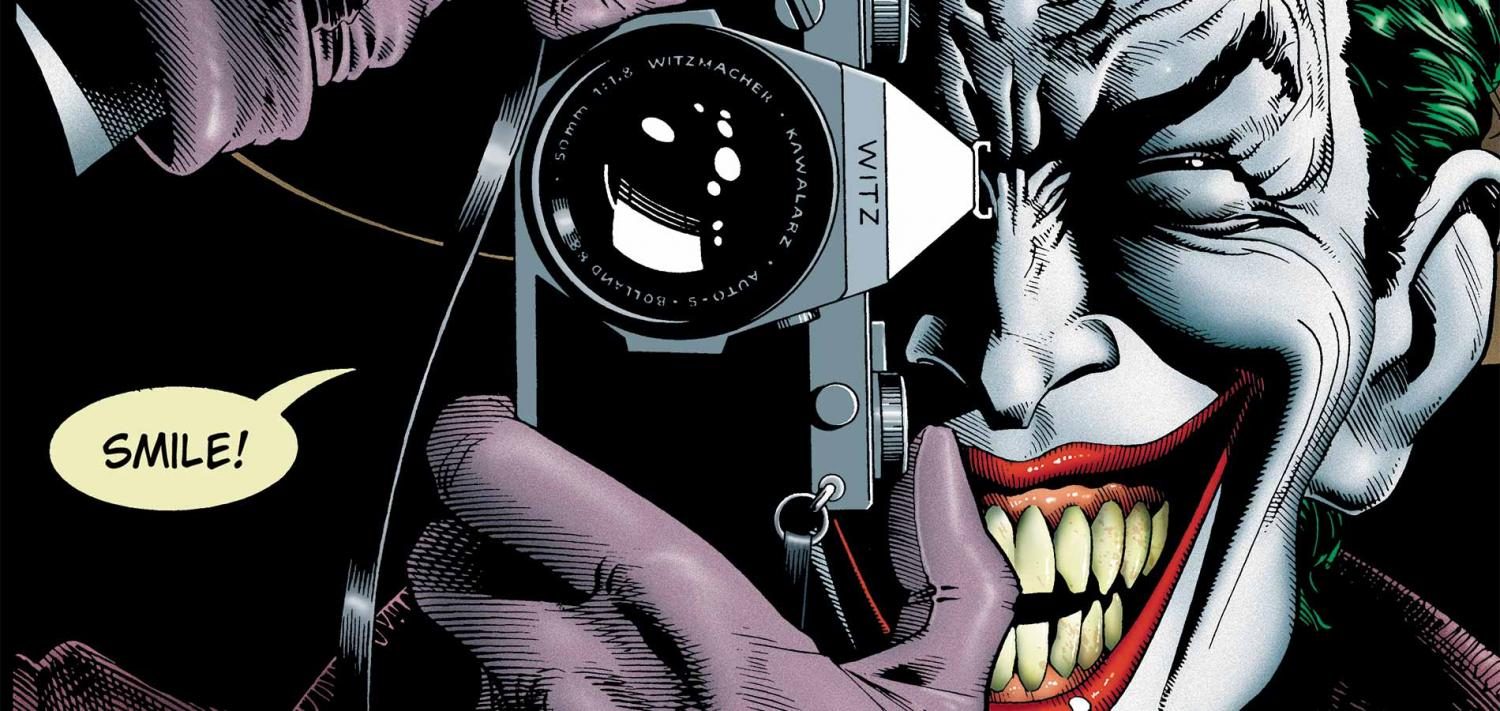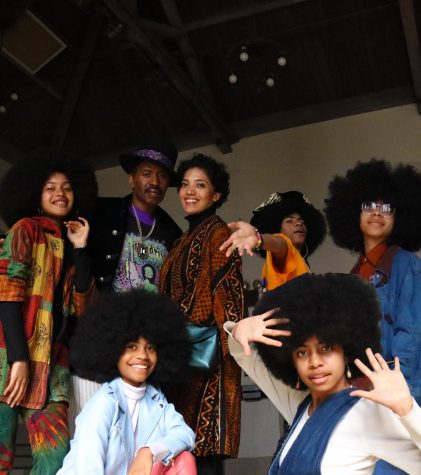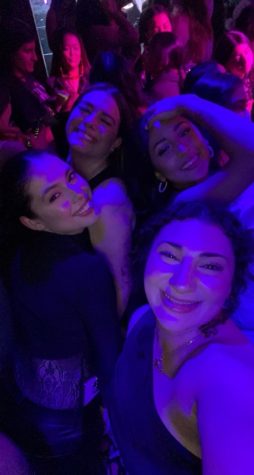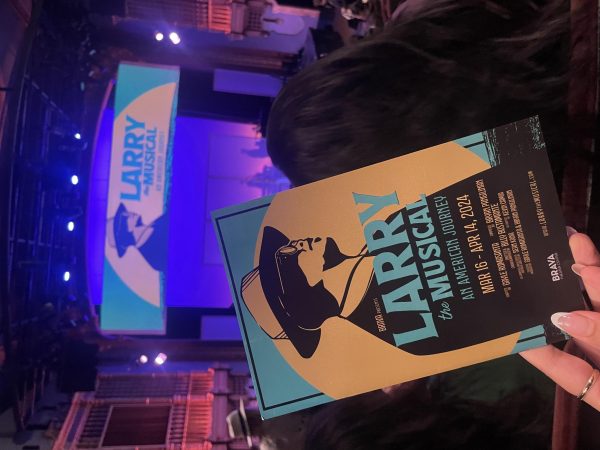Jump into the panels of comic books and its culture
Within the past decade, comic book culture has greatly expanded due to the surge of superhero movies.
The rise in popularity of superhero movies has piqued the interest of many people who are usually not into comic books to start reading them. But with the deep history of comic books, where does one start?
It can be quite daunting to jump into the vast world of comic books, especially with its extensive and complicated history. In actuality, it’s much easier to get into comic books than it looks. The culture of comics has grown to a great degree of inclusion where everyone has a story or character that they can relate to. Simply put, there is a comic book for you and the best way to get into them is to just start reading. Jumping into a comic book also means submerging into the culture that comes with it.
Where and what exactly do you start reading? Major publishers like DC Comics and Marvel Comics have multi-universes and crazy events that have made it somewhat difficult for newcomers to pick a place to start. However, to their credit, they have been slowly fixing this issue by rebooting series to give readers an ease of access to popular characters. On the other hand, independent publishers have always had singular storylines that readers don’t have to do substantial research to get into the series. Then there is manga, Japanese-style comic books that have long-running singular narratives, similar to many independent publishers which usually get adapted into an anime.
The best way to figure out what you should start reading is by visiting your local comic book store. Julie Fiveash, a manager at Comix Experience Outpost in San Francisco will tell you that most, if not all, comic book stores will be eager to help you feel welcome and get you to find the right book to read.
“We are into forming relationships with our customers and we want to get to know everybody,” Fiveash says. “We’re just like that friendly neighborhood comic book store [and] we want everyone to feel welcome and not feel judged for coming in here.”
Fiveash’s tactics to figuring out the perfect book for beginner readers is by getting to know them. She will ask questions to get a feel of what book or publisher will best entertain the reader.
“I’ll usually ask them ‘Hey, what are you watching? What are you reading right now?’ It usually goes from a Marvel or DC [comic book], something you’re familiar with, to me suggesting maybe something from Image,” Fiveash says. “It’s a lot of leading questions where I try to get a feel of what people like before I give them a suggestion.”
For the most part, it seems like most stores will suggest comics that are from independent publishers. One comic book that continued being suggested for first-time readers was “Saga” by Image Comics.
Not only did Fiveash recommend “Saga,” so did several other people who work in comic book stores like Aaron Weaver, a key master at Two Cats Comic Book Store in San Francisco.
“I always recommend Saga, it’s one of the best books to come out in the last ten years,” Weaver says. “Critically acclaimed huge seller in the store, always recommend it.”
It seems like independent publishers like Image Comics, Vertigo Comics and Dark Horse Comics tend to get high remarks within the comic book community. For the most part, independent publishers have single storylines that a beginner only needs to pick up the first issue or trade paperback to get started.
Independent publishers usually have writers and artists that come from major publishers that got tired of telling the story of characters they did not create and wanted to tell their own stories. You won’t need to delve into a character’s or universe’s deep history like you usually would with DC or Marvel.
However, DC and Marvel have not only been rebooting series and characters to make it easier for readers to have a starting point, but they have diversified their comics to be more inclusive. Independent publishers have always been good at having diverse characters of all race, color, gender and sexuality and it’s good to see major publishers doing the same thing. It gives people characters they can closely relate to and care about. The inclusivity of the comic book culture has been highly accepted in its community.
“More female superheroes, more POC (people of color) superheroes,” Fiveash says. “I’m totally down with that.”
The all-encompassing comic book culture and cinematic universe has enticed more people to start picking up comics again. Stores are starting to see an increase in success in their pull list, a subscription program that stores implement to make sure valued customers are getting what they want.
Anthony, who didn’t want his last name to be mentioned, is a manager at Black Cat Comics in Milpitas. He says that the pull list is one of the most important aspects of comic book stores and best ways for people to get the comic books they want.
“All of the business aspects of the comic book shop kind of revolves around the subscription service,” Anthony says. “It’s pretty important and we look at our numbers each week.”
With the rise of online services that provide digital comic books like Marvel Unlimited and ComiXology, you would think that it would affect comic book stores’ sales the same way iTunes affected music stores. However, Anthony reassures that it hasn’t.
“We have over 200 subscribers,” Anthony says. “Most of them tried [digital services] and it doesn’t beat paper.”
While it seems like digital services have had some success, most comic book fans still want physical copies for the collection aspect. Comic books on a computer screen or tablet does not beat being able to flip through pages of beautifully and colorfully printed art.
“The thing about comics is that they are very much a collectible,” Fiveash says. “There are still a lot of people who like going and buying them and having them in their hand. Yeah, the digital audience is there, but people inherently gravitate towards the physical stuff.”
Not only is it better to have physical copies of comic books, comic book stores are there to lend you a hand that no online service can imitate. The physical interaction with people who love comic books in the stores add to the culture. You won’t feel the passion of someone recommending their favorite book through a screen.
Having someone walk you through their store and show their vast inventory is part of the experience that makes going to a comic book store so unique. Not a single shop is the same from the way they arrange their comic books to the art they put up on their walls.
Nowadays, most shops have to diversify what they sell besides comics, like collectibles, board games or trading cards. They will even host game nights or get artists to come to their shops for fan meets. It’s a bonding experience that bring people together, which is what comic books are about. James Sime, owner of Isotope Comics in San Francisco, is known for having artists come to his shop for signings and draw on toilet seats to hang around his shop.
“Comic creator Brian Wood, he does “DMZ,” “Northlandlers” and “Black Road” at Image,” Sime says. “He vandalized my bathroom and that was hilarious but the lid was awesome [so] as a joke and [an] appreciator of fine original art, I hung the lid up on the wall.”
Now when artists come to his shop, they all want to give him artwork on a toilet seat. But that is not the only way to get original artwork from an artist. You can also go to comic conventions like WonderCon, Comic-Con or Fanime Con, which are great ways to meet artists, writers and the creators of comics. It is also a great way to find rare or exclusive collectibles that are hard to find.
Chris McNally, owner of Chris’ Comics in Fremont, goes to conventions to be more involved with the comic book culture.
“It’s a really great place if you want to see a bunch of stuff in one area,” McNally says. “It’s also a great way to find rare number ones, variant issues and really old stuff from vendors who have been around for a while.”
Pick up anything and everything that interests you. Comic books and its culture have so much to offer. There is no doubt that you’ll find a story or character you’ll enjoy. The best advice any comic book store employee will tell you if you’re interested getting into comics is to be open-minded.
“Just pick up a comic book and start reading,” Weaver says.
Getting into the stories of comic books is just half the fun of what has kept comic books thriving. There is a community and culture that comes with it. With all this in mind, if you truly want to get into comic books, the best place to start is by walking into your local comic book store.
















